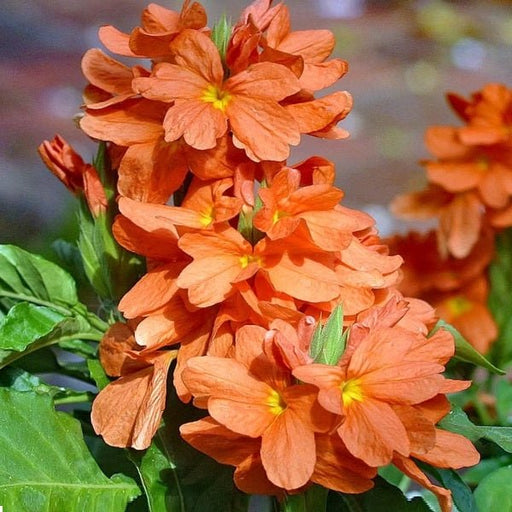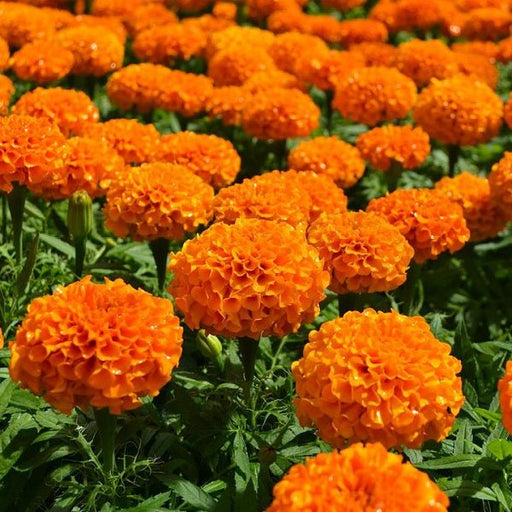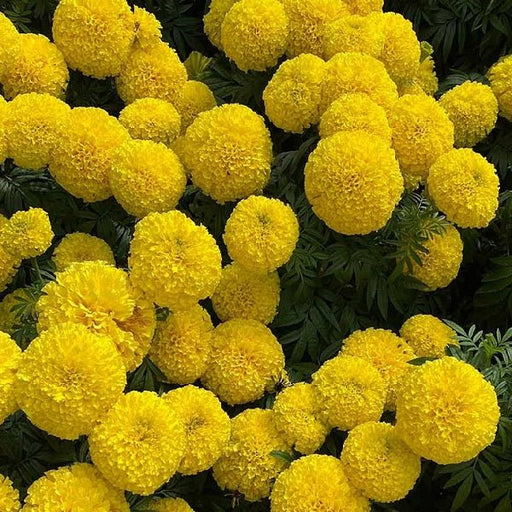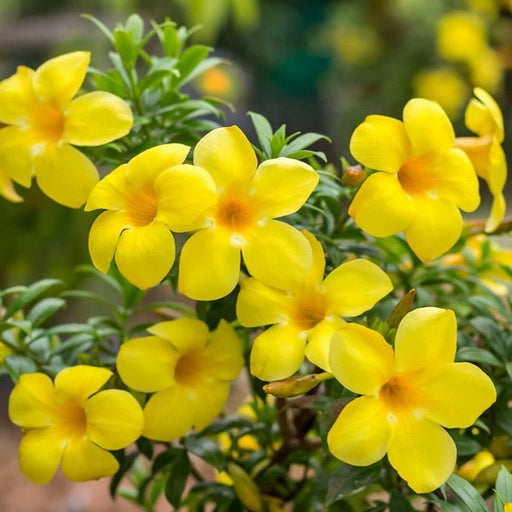
Loropetalum, Chinese Fringe Bush - Plant
Synonyms: Loropetalum, Chinese Fringe Bush - Plant
Product Highlights:
- Medicinal and herbal flowering plant
- Small, trumpet-shaped blooms with a charming appearance
- Perfect for growing in herbal gardens or as a natural remedy
- Low maintenance and a symbol of traditional wellness and natural healing











